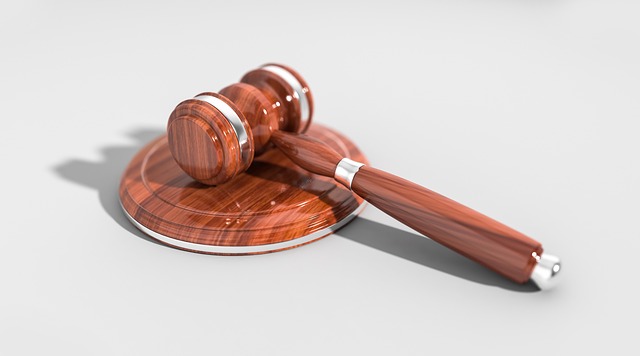Product liability claims hold manufacturers and sellers accountable for any harm caused by their products, protecting consumers from defects and toxic substances. These claims can arise in various contexts like real estate litigation or personal injury cases, requiring meticulous investigation and expert analysis. Toxic substance exposure significantly impacts these claims, extending legal implications to property damage and elder law cases. Navigating a product liability claim is complex, necessitating experienced legal representation to identify responsible parties, gather evidence, and ensure just compensation within the statute of limitations.
A product liability claim involving toxic substance exposure can have severe consequences for both consumers and manufacturers. This comprehensive guide delves into the intricate world of product liability, focusing on scenarios where hazardous materials are present in products. We explore the legal perspectives surrounding toxic exposures, offering insights into navigating the claims process. Understanding these steps is crucial for those affected, as it empowers them to seek justice and compensation for injuries stemming from defective products.
- Understanding Product Liability Claims
- Toxic Substance Exposure: A Legal Perspective
- Navigating the Process of Filing a Claim
Understanding Product Liability Claims

Product liability claims are a crucial aspect of civil law, holding manufacturers and sellers accountable for any harm caused by their products. This legal concept ensures that consumers are protected from defective or hazardous goods, encompassing situations where individuals sustain injuries due to toxic substance exposure. When a product is found to be inherently dangerous or fails to meet the expected safety standards, those affected can file a claim against the liable party.
These claims often arise in various scenarios, such as real estate litigation, where contaminated properties may lead to health issues for residents. Similarly, personal injury attorneys are frequently involved in cases where clients have been harmed by toxic substances in products like household items or pharmaceuticals. The key lies in establishing a direct connection between the product and the injury, which requires thorough investigation and expert analysis to ensure a successful outcome for the affected individuals.
Toxic Substance Exposure: A Legal Perspective

Toxic Substance exposure plays a significant role in product liability claims, with legal implications that extend beyond personal injury. When a consumer or caregiver experiences harm due to exposure to toxic substances contained in a product, it triggers a series of legal responsibilities for manufacturers and sellers. These obligations are enforced through product liability laws, designed to protect consumers from unsafe products.
In the context of elder law and caregiver abuse, where vulnerable individuals may be more susceptible to prolonged exposure to hazardous materials, holding manufacturers accountable is crucial. Property damage claims also emerge when toxic substances leach into homes or environments, causing extensive cleanup costs and potential long-term health consequences for residents. Legal frameworks, therefore, must address these complex scenarios to ensure that victims of toxic substance exposure receive justice and compensation for their suffering and associated expenses.
Navigating the Process of Filing a Claim

Navigating the process of filing a product liability claim involves several crucial steps that require careful consideration and expertise. It begins with identifying the responsible party and gathering evidence of the toxic substance exposure, including medical records, product information, and expert opinions. This can be a complex task, especially when dealing with real estate disputes or nursing home neglect, where multiple entities may be involved. Engaging an experienced car accident attorney who specializes in product liability cases is essential to ensure all legal requirements are met.
The attorney will help prepare and file the claim, ensuring it complies with relevant laws and statutes of limitations. They’ll also represent you throughout negotiations or litigation, aiming to secure compensation for damages caused by the toxic substance exposure. This process demands a thorough understanding of product liability laws and the ability to present your case persuasively, which is where an adept legal representative makes a significant difference, unlike in other types of disputes like car accidents or nursing home neglect.
When dealing with a product liability claim involving toxic substance exposure, understanding the legal landscape is key. By grasping the intricacies of product liability laws and the specific considerations surrounding hazardous materials, individuals affected by such exposures can navigate the claims process more effectively. Filing a robust claim requires documenting exposure details, gathering expert opinions, and presenting a compelling case. With the right approach, those harmed by toxic substances integrated into products they use can seek justice and compensation for their suffering.






